1,3-dichloropropene
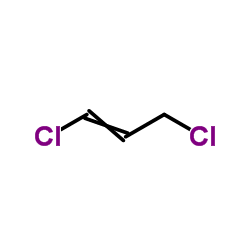
1,3-dichloropropene structure
|
Common Name | 1,3-dichloropropene | ||
|---|---|---|---|---|
| CAS Number | 542-75-6 | Molecular Weight | 110.970 | |
| Density | 1.2±0.1 g/cm3 | Boiling Point | 108.4±15.0 °C at 760 mmHg | |
| Molecular Formula | C3H4Cl2 | Melting Point | -60 °C | |
| MSDS | Chinese USA | Flash Point | 27.8±0.0 °C | |
| Symbol |




GHS02, GHS06, GHS08, GHS09 |
Signal Word | Danger | |
| Name | 1,3-dichloropropene |
|---|---|
| Synonym | More Synonyms |
| Density | 1.2±0.1 g/cm3 |
|---|---|
| Boiling Point | 108.4±15.0 °C at 760 mmHg |
| Melting Point | -60 °C |
| Molecular Formula | C3H4Cl2 |
| Molecular Weight | 110.970 |
| Flash Point | 27.8±0.0 °C |
| Exact Mass | 109.969009 |
| LogP | 2.01 |
| Vapour Pressure | 30.4±0.2 mmHg at 25°C |
| Index of Refraction | 1.457 |
| Water Solubility | <0.01 g/100 mL at 16.5 ºC |
CHEMICAL IDENTIFICATION
HEALTH HAZARD DATAACUTE TOXICITY DATA
MUTATION DATA
|
| Symbol |




GHS02, GHS06, GHS08, GHS09 |
|---|---|
| Signal Word | Danger |
| Hazard Statements | H226-H301-H304-H311-H315-H317-H319-H332-H335-H410 |
| Precautionary Statements | P261-P273-P280-P301 + P310-P305 + P351 + P338-P312 |
| Personal Protective Equipment | Eyeshields;Faceshields;full-face respirator (US);Gloves;multi-purpose combination respirator cartridge (US);type ABEK (EN14387) respirator filter |
| Hazard Codes | T:Toxic; |
| Risk Phrases | R10;R20/21;R25;R36/37/38;R43;R50/53 |
| Safety Phrases | S36/37-S45-S60-S61 |
| RIDADR | UN 1992 3/PG 3 |
| WGK Germany | 3 |
| RTECS | UC8310000 |
| Packaging Group | II |
| Hazard Class | 3 |
| HS Code | 2903199000 |
| Precursor 10 | |
|---|---|
| DownStream 10 | |
| HS Code | 2903299090 |
|---|---|
| Summary | 2903299090 other unsaturated chlorinated derivatives of acyclic hydrocarbons。Supervision conditions:None。VAT:17.0%。Tax rebate rate:9.0%。MFN tariff:5.5%。General tariff:30.0% |
|
Halogenated derivatives QSAR model using spectral moments to predict haloacetic acids (HAA) mutagenicity.
Bioorg. Med. Chem. 16 , 5720-32, (2008) The risk of the presence of haloacetic acids in drinking water as chlorination by-products and the shortage of experimental mutagenicity data for most of them requires a research work. This paper desc... |
|
|
Laboratory assessment of emission reduction strategies for the agricultural fumigants 1,3-dichloropropene and chloropicrin.
Environ. Sci. Technol. 43(13) , 5073-8, (2009) With the increased use of the agricultural fumigants 1,3-dichloropropene (1,3-D) and chloropicrin (CP), it is important that strategies to reduce emissions of these fumigant from soil to the air are a... |
|
|
Mitigating 1,3-dichloropropene, chloropicrin, and methyl iodide emissions from fumigated soil with reactive film.
Environ. Sci. Technol. 46(11) , 6143-9, (2012) Implicated as a stratospheric ozone-depleting compound, methyl bromide (MeBr) is being phased out despite being considered to be the most effective soil fumigant. Its alternatives, i.e., 1,3-dichlorop... |
| 1-Propene, 1,3-dichloro- |
| G2U1G |
| MFCD00000985 |
| 1,3-dichloropropane |
| D-D92 |
| cis/trans-1,3-Dichloropropene |
| (1Ξ)-1,3-dichloroprop-1-ene |
| 1,3-D |
| 1,3-Dichlorprop-1-en |
| 1,3-Dichlor-1-propen |
| 1,3-dichloropropene |
| Anema |
| TELONE |
| 1,3-Dichloroprop-1-ene |
| 1,3-Dichloro-1-propène |
| dd95 |
| NEMATOX |
| Nemex |
| 1,3-Dichloro-1-propene |
| E/Z-1,3-Dichloropropene |
| Dedisol |
| D-D |
| EINECS 208-826-5 |
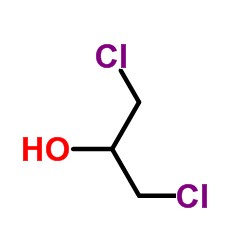 CAS#:96-23-1
CAS#:96-23-1 CAS#:187737-37-7
CAS#:187737-37-7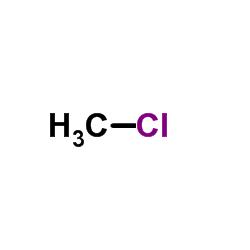 CAS#:74-87-3
CAS#:74-87-3 CAS#:540-59-0
CAS#:540-59-0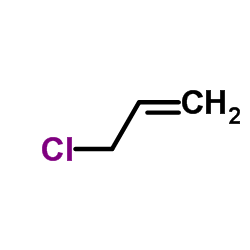 CAS#:107-05-1
CAS#:107-05-1 CAS#:563-57-5
CAS#:563-57-5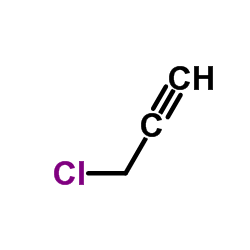 CAS#:624-65-7
CAS#:624-65-7 CAS#:96-18-4
CAS#:96-18-4 CAS#:107-02-8
CAS#:107-02-8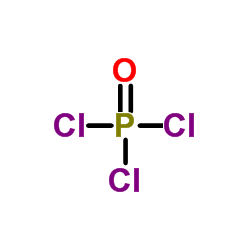 CAS#:10025-87-3
CAS#:10025-87-3 CAS#:19120-39-9
CAS#:19120-39-9 CAS#:6268-37-7
CAS#:6268-37-7 CAS#:463-49-0
CAS#:463-49-0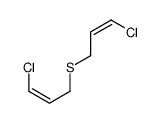 CAS#:25647-77-2
CAS#:25647-77-2 CAS#:18495-30-2
CAS#:18495-30-2 CAS#:100859-42-5
CAS#:100859-42-5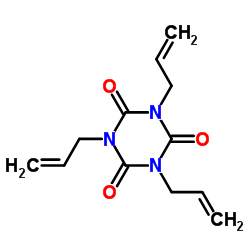 CAS#:1025-15-6
CAS#:1025-15-6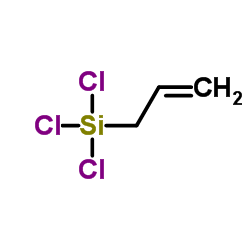 CAS#:107-37-9
CAS#:107-37-9 CAS#:61632-79-9
CAS#:61632-79-9 CAS#:138434-10-3
CAS#:138434-10-3
